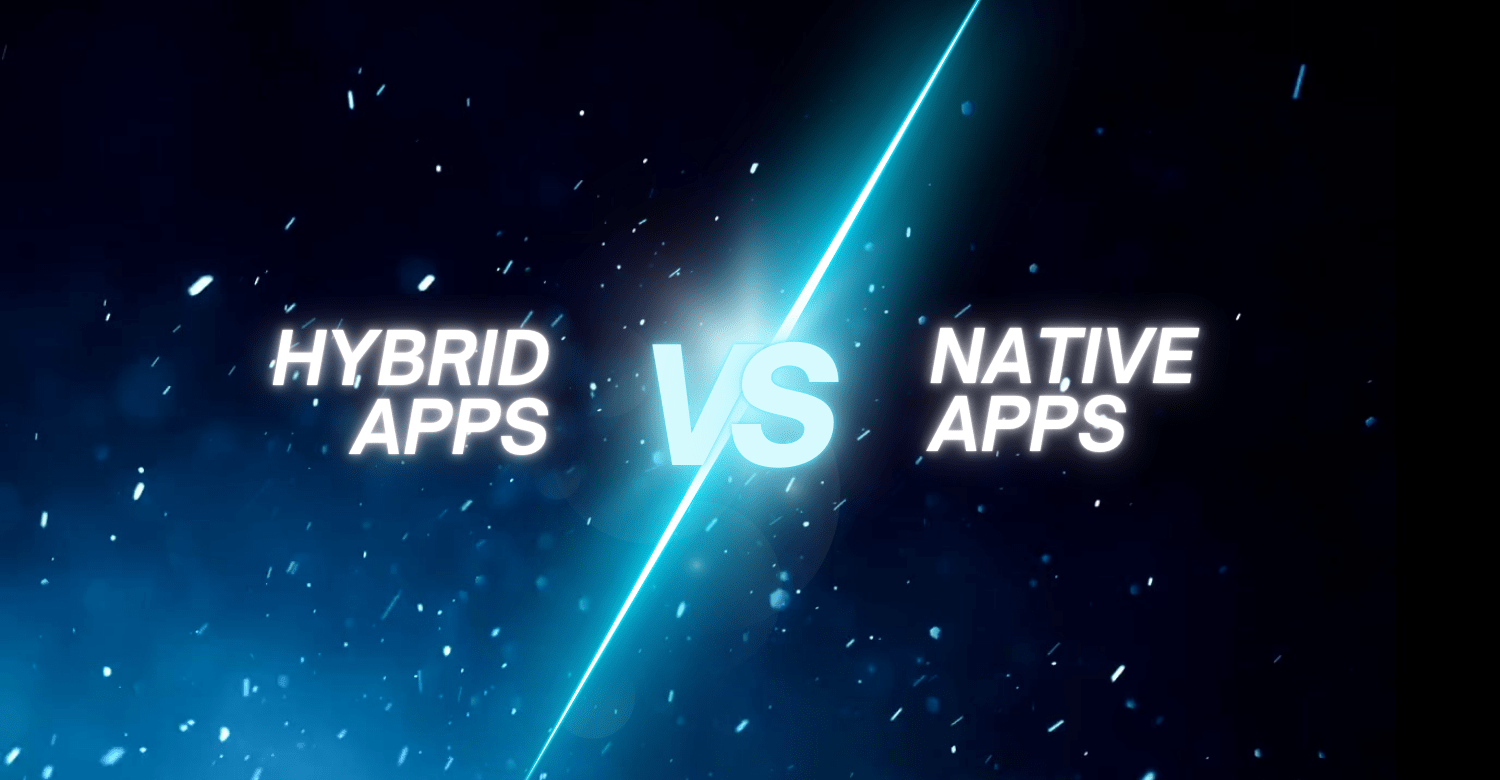Agency speed vs technical quality: How to achieve both in web & mobile projects

UK agencies are racing to launch digital projects faster than ever, but many discover speed without structure turns into months of technical debt. Speed matters, especially when there are commercial or seasonal drivers behind a project. But too often, that pace comes at the expense of clean architecture or maintainable code. This isn’t a simple trade-off. Agencies and dev teams shouldn’t have to choose between moving fast and building properly. The key lies in how the project is planned, delivered, and quality-checked at each step.
In this blog, we’ll share how your team can achieve both the speed expected in agency environments and the technical standard needed for scalable, future-proof software.
Why speed dominates agency projects
In agency project management, deadlines are often non-negotiable. Clients want results fast, sometimes within weeks. Campaign schedules, launch dates and market timing all influence delivery pressure. But too much focus on timelines creates a development culture where shortcuts are normalised, and technical debt in agencies becomes inevitable.
Teams start sacrificing test coverage, skipping documentation, or choosing plugins overbuilding for a long-term fit. Developers feel like they’re patching together deliverables instead of crafting proper solutions. Over time, this affects developer satisfaction, trust in the process, and ultimately the success of the product.
The challenge isn’t the pressure; it’s the lack of a model to absorb that pressure without sacrificing code quality.
Technical debt: Everyone’s problem
Technical debt in agencies is often treated as a necessary evil. Something that’ll be sorted "later", when timelines are more relaxed or budgets are extended. But rarely does that moment arrive. Instead, that debt accumulates.
Poorly structured codebases, lack of reusable modules, and brittle infrastructure make simple updates risky. Developers lose confidence in deploying changes. Client trust deteriorates. And worst of all, future developers refuse to touch the project altogether. Agencies that repeatedly fall into this cycle see more churn, more missed deadlines, and a higher rate of development team turnover.
The knock-on effect? Client dissatisfaction, strained delivery timelines, and rising internal tension.
Fast vs quality: What’s at stake?
The common argument is that you can’t have both. That high-quality code and fast delivery are mutually exclusive. But in our experience across multiple builds, that’s rarely the case. Speed doesn’t mean skipping testing. It doesn’t mean using the same template for every client. And it certainly doesn’t mean ignoring architecture.
The actual challenge is how you build for speed intelligently.
Agency project management needs to shift from reactive to structured delivery cycles. Using repeatable components, stable pipelines, and tight feedback loops makes it possible to move fast without compromising quality.
The real danger isn’t speed. It’s poor preparation.
Developer happiness: Why developers leave agencies
One of the most underestimated risks of relentless delivery pressure is the impact on developer happiness. When developers are constantly firefighting bugs, navigating vague requirements, or maintaining brittle, outdated systems, their engagement quickly declines. This drop in morale often leads to retention issues. Many agencies watch talented developers walk away, not for bigger paychecks, but for roles where they have more ownership, clearer direction, and the opportunity to build systems they’re genuinely proud of.
According to Stack Overflow’s 2023 Developer Survey, over half of developers who left a job cited poor development practices or weak technical leadership as key reasons for moving on.
If agencies want to retain top talent, they need to shift focus. That means:
- Defining clear, achievable project scopes
- Allowing time for refactoring and technical debt reduction
- Avoiding a culture of constant "fix-it" mode
Ultimately, a healthier development environment isn't just better for developers, it’s better for business.
Web development best practices under pressure
Even with tight timelines, there are established web development best practices that help reduce chaos:
- Keep CSS and JavaScript modular and environment-specific
- Use component libraries or design systems (e.g. Tailwind, Storybook)
- Automate testing and linting checks before the merge
- Maintain a changelog and developer documentation even for small builds
These don’t slow down delivery. They make projects more predictable and save time in QA and future changes.
In our work with Island Energy Group(link, once case study is updated), we applied these principles while rolling out region-specific websites with strict marketing timelines. Using a component-driven Vue.js setup and clean backend integrations, we were able to go live on time without leaving technical debt behind.
Common Mobile Development Challenges in Agency Workflows
Mobile projects often bring extra complexity to agency workflows. Between app store approvals, device compatibility, and strict platform security requirements, delivery timelines can easily slip. But that’s no reason to cut corners on technical fundamentals.
Agencies can reduce friction by addressing key risks upfront and aligning delivery processes to the realities of mobile
By planning for mobile-specific challenges early, agencies can avoid rework, reduce approval delays, and launch faster without sacrificing quality.
Agency development workflow: how to build fast and well
At Aecor Digital, we’ve worked alongside agencies across sectors from energy to SaaS to eCommerce. One thing we’ve learned: the best agency development workflow is one that avoids surprises.
A few principles we follow:
- Start modular: build reusable building blocks instead of pages
- Document early: avoid knowledge silos from day one
- Parallel delivery: designers and developers work side by side
- CI/CD from day one: test, build, and deploy, without delays
Fast doesn’t mean careless. It means having repeatable systems that allow your team to focus on the right problems, not the avoidable ones.
How to retain developers in a high-pressure delivery cycle
Developer retention isn’t just about salaries. It’s about culture, clarity and commitment to quality. If your agency project management is always reactive, fixing what’s broken instead of investing in the foundation, developers burn out.
Ways to improve developer satisfaction:
- Give teams time for tech debt payback
- Reward clean code, not just speed
- Involve developers in planning, not just delivery
- Allow technical ownership of modules
Why developers leave agencies is rarely about pace alone. It’s about being asked to cut corners with no roadmap to fix them.
Creating an environment where engineers can make decisions, plan their workload, and see the outcome of their efforts is the only real strategy for developer retention.
Code quality in fast-paced projects isn’t optional
Clients may not ask for CI pipelines or modular CSS files. But without them, even a visually perfect project falls apart quickly. When codebases are delivered without test coverage, naming conventions, or deployment documentation, they become impossible to scale.
We’ve picked up too many agency handovers where the project "looked great" on day one, but was unusable six months later.
Code quality in fast-paced projects shouldn’t be a bonus. It should be the default.
Not an afterthought: building better with speed
Agency teams need a better framework one where web and mobile development delivers at pace, but without leaving a mess behind.
That means:
- Planning for modules, not monoliths
- Allowing time for tech debt repayment
- Building with known best practices, not throwaway code
- Respecting the developers who deliver it all under pressure
Balancing speed and quality isn’t a myth. It’s a matter of discipline, process, and valuing your team’s input.
Building fast with confidence
At Aecor Digital, we work with agencies that expect both speed and quality. We help technical and delivery teams build robust, reliable digital products even under tight deadlines. From mobile app builds to large-scale CMS platforms, our approach balances pressure with the process. That means clean handovers, stable codebases, and fewer surprises down the line.
If your agency is done firefighting and needs to ship well-built projects at pace, we’re here to help.
FAQs
What is the risk of rushing app development?
Poor scalability, increased bugs, and high future maintenance costs. What seems faster now could slow you down later.
Can agencies deliver fast without sacrificing quality?
Yes, with the right tech stack, modular development approach, and good QA processes.
How do you ensure scalable architecture in a fast build cycle?
Plan the architecture first. Use proven frameworks, enforce code standards, and invest in CI/CD and modularity.
What our clients say













